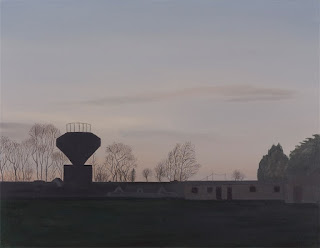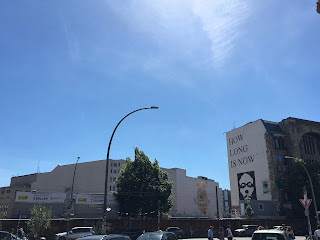I thought I’d write up a little work in progress report on a new game I’ve been developing.
The concept for this game came about perhaps two or three years ago, where I was getting annoyed with the surplus of mining and crafting games. After the exponential success of Minecraft, it seemed like every new game incorporated some facet of its game mechanic. I grew immediately tiresome and felt like making an anti-Minecraft game that used these same mechanics to draw attention to the social and historical issues of mining. My initial thoughts were to produce a game that featured politically motivated songs about mining, inspired by a moving performance of The Mountain by Steve Earle in St. David’s Hall in Cardiff, Wales. Earle remarked that this was his only song to have been translated into Welsh, poignantly highlighting the relational nature of the working-class struggle.
I parked my first attempts until relatively recently until two things again inspired me:
The desire to make a self-playing game following this keynote, and, the evolution of Bitcoin as a mainstream currency.
When simplified, it is possible to see Bitcoin as something of a self-playing game; hugely powerful computers run programmes that slowly ‘mine’ cryptocurrency. The recent popularity of Bitcoin can be seen to be mostly in part to media coverage, but the typical user has grown from early-adopter pizza purchasers to money laundering, gangsters, and other illegal activities. I wanted to make my game along the same lines as Bitcoin, but instead of mining for something considered morally dubious, I aimed to produce a game that mined for something culturally beneficial. In this case, song lyrics.
What I’ve arrived at (so far) is a 2D self-playing game referencing the 16-bit era. A solitary protagonist slowly mines out a pit, uncovering lyrics of the Ewan MacColl song School Days Over with each block. The miner gradually gets slower, a-la Bitcoin. Some of the design decisions have been taken from The Legend of Zelda: A Link to the Past, a game from my childhood. I've included below a few different colour palettes to give an idea of the progress of my prototypes.
Regarding gameplay, I had the miner as a formerly playable character, but after reading about self-playing games, I felt that removing player interaction would relate my game better to both Bitcoin and online streaming services. It was also my intent for the viewer to feel as merely a helpless spectator.
The lyrics uncovered by the miner are from a song by Ewan MacColl, presented as text along the bottom of the screen. MacColl’s song is about leaving school at a young age to go down into the pit, and I wanted to juxtapose this with a game of childish nostalgia. I had considered using Minecraft and a bot to relay this message but changed to building a self-contained 2D standalone game. Currently, I have the lyrics in English, but I have considered using Welsh translated lyrics for two reasons. I don’t think this song has ever been translated. Secondly, I’d like to see a translation done using something automated like Google Translate, again, reiterating using something of robotic nature for cultural good.
So there are a few little things left to fix for this game but I’m relatively happy with the current prototype in both looks and execution. Watch this space for a proper release soon.







































